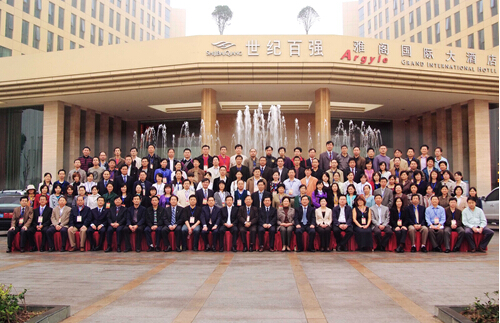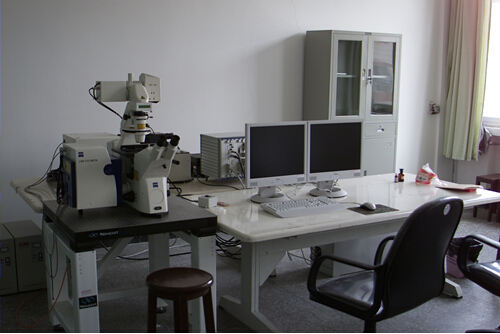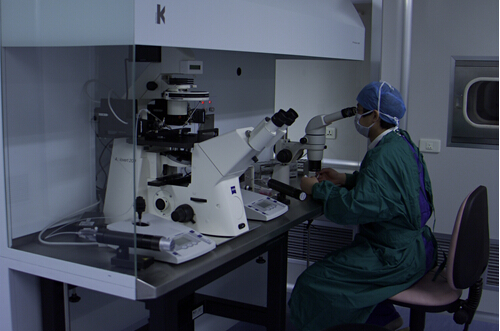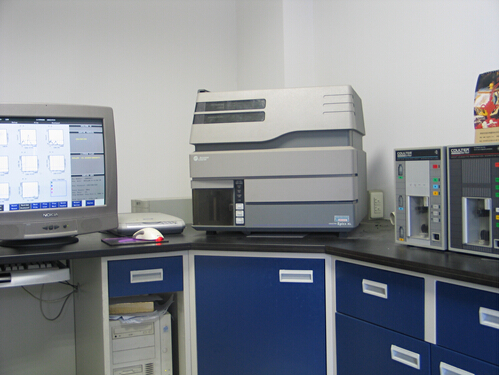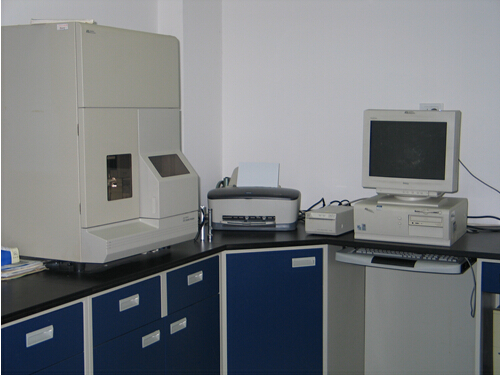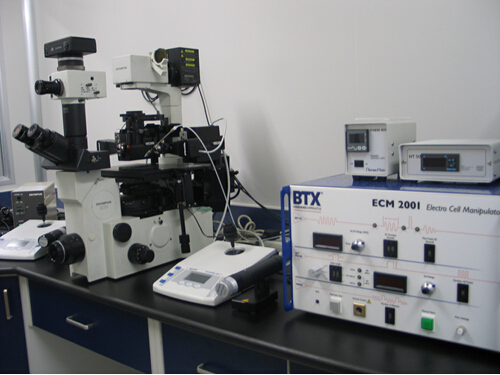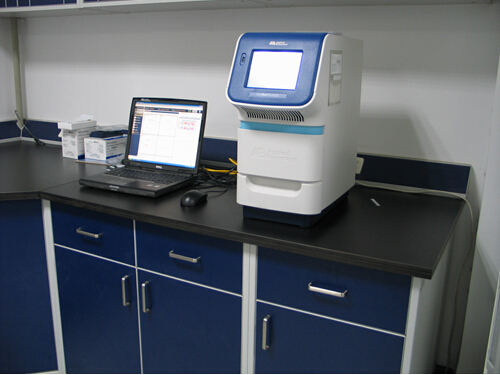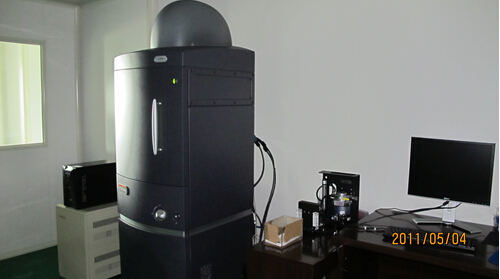Hubei Key Lab of Embryonic Stem Cell Research, formerly known as the Life Sciences Institute, was founded in 1997. In 2006 the construction project of Hubei Key Lab of Embryonic Stem Cell Research was approved. In November 2009 the Lab was formally accepted with honors, making it the only provincial key Lab in the field of stem cell in Hubei Province. The Lab covers an area of over 1000 square meters. It has the first-class Lab facilities for cell culture and molecular biology, with its equipment worth more than 10,000,000 Yuan. Major technology platforms include human, mouse embryonic stem cell culture technology and system construction technology, somatic cell cloning (nuclear transplant) technology, mRNA synthesis, gene recombination technology, and a variety of adult stem cell isolation and proliferation and clinical transplantation technologies. Currently the Lab is undertaking two National Natural Science Foundation Programs, 3551 Optics Valley Talent Program in Wuhan Donghu Development Zone and a number of provincial and ministerial level research projects; and it has participated in the national major projects and 973 programs; It has won research grants totaling more than 5,000,000 Yuan. Since 2006, more than 20 SCI papers has been published, of which the highest impact factor being 9.924 points. Four International English scientific works published have invited the team to join in the compilation. Two patents have been granted.
The Lab has the following advantages and features in research directions and contents:
1. Therapeutic cloning (nuclear transplantation). The patient’s somatic cell nucleus is injected into the enucleated egg cell to develop it into blastocysts, thereby establishing the same genetic information with patients of human embryonic stem cell system. In other words, this kind of differentiation of stem cells or the resulting cells are transplanted into patients for treatment of diseases, with no immune rejection (Fifth Wuhan 3551 Optical Valley Talent Program, RMB2,000,000).
2. The stem cell in the treatment of diabetes. Stem cells can be differentiated into insulin-likeβcells and transplanted into diabetic patients, replacing its islet function and curing patients of diabetes (National Natural Science Foundation RMB3,600,000).
3. The stem cell in the treatment of AIDS (gene therapy). The research direction was established based on the development needs of the National AIDS Prevention and Control Center by its chief scientist, China CDC Viral Disease Academician Zeng Yi (National Ministry of Science and Technology "12th Five-Year Plan" major projects, RMB1,150,000).
4. The adult stem cells in basic and clinical application. The research direction was valued and affirmed by Hubei Provincial Department of Science and Technology and Health Department. In 2011 our project construction Hubei cord blood stem cell therapy Clinical Research Center was approved, with its special funds of RMB1,150,000.
5. Industrial R & D platform. In December 2010, the Lab began to be stationed in the Institute of Biological Technology, Wuhan Donghu Development Zone and began the journey on the research and development of the stem cell technology industry.
